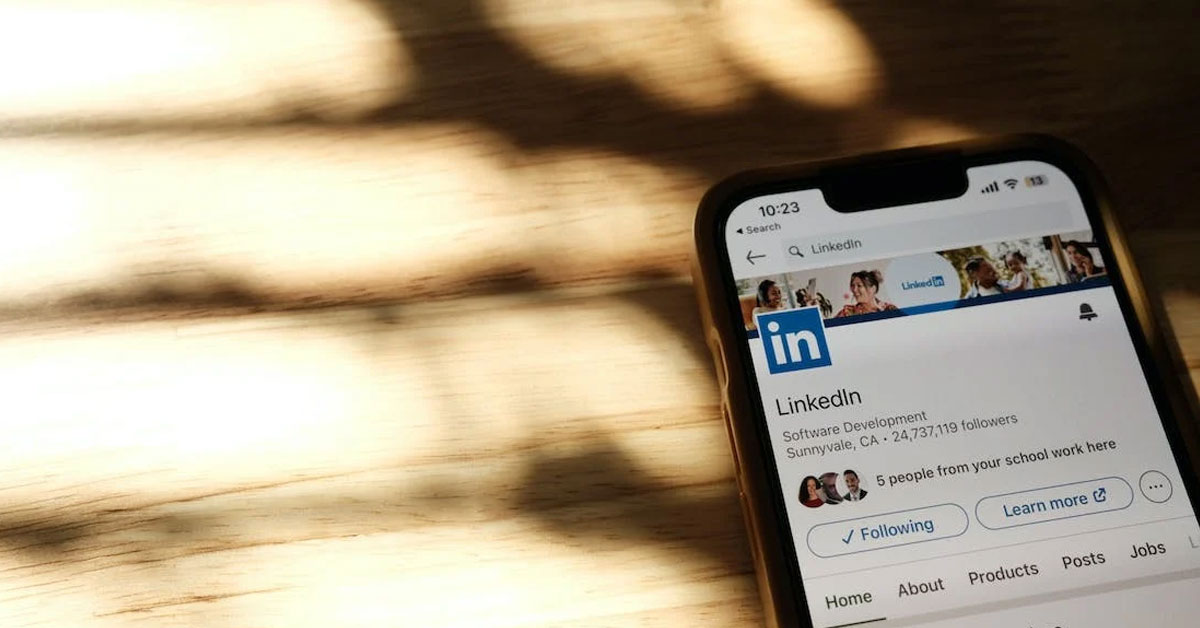Have you ever logged into LinkedIn only to discover your account has mysteriously disappeared?
It’s a puzzling and often frustrating experience, especially if you’re not sure why it happened.
Today, we’re looking into the various reasons why LinkedIn might delete an account and offers insights into what you can do if this happens to you.
Understanding LinkedIn’s User Agreement: A Key to Account Security
When you sign up for LinkedIn, you agree to a set of rules and guidelines detailed in their User Agreement.
This isn’t just fine print to be ignored; it’s a crucial document that dictates how you should and shouldn’t use the platform.
Breaching this contract can have serious consequences, including the dreaded account deletion.
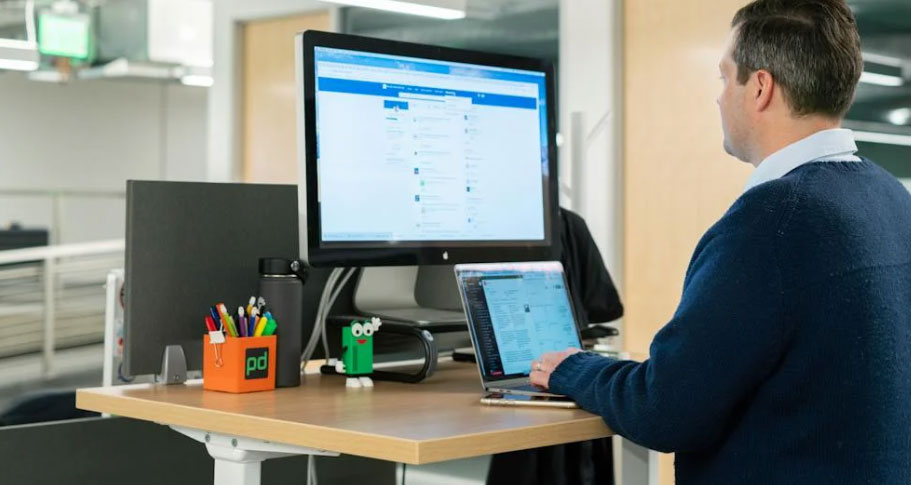
The Dos and Don’ts: Navigating the User Agreement
The User Agreement acts like a roadmap for navigating LinkedIn’s expectations. It’s there to ensure that all users enjoy a professional, respectful, and safe networking environment.
When these rules are broken, LinkedIn doesn’t hesitate to take action, which might include restricting your access or entirely terminating your account.
Common Pitfalls: Avoid These to Keep Your Account Safe
Fake Profiles and Misinformation: We all value authenticity, and so does LinkedIn. Creating a profile with false information or impersonating someone else undermines trust and can lead to account termination.
- Inappropriate Content: Sharing misleading, harassing, or violent content is a big no-no. Remember, LinkedIn is a professional space, not a battleground for spreading falsehoods or hate.
- Hateful Behavior: Discrimination and hate speech have no place on LinkedIn. Engaging in such behavior not only tarnishes your professional image but also can swiftly lead to your account’s demise.
- Spamming: We’ve all been annoyed by unsolicited emails and messages. On LinkedIn, spamming other members with unwanted content is a surefire way to get your account flagged and potentially deleted.
By steering clear of fake profiles, inappropriate content, hateful behavior, and spamming, you’re not just complying with LinkedIn’s policies; you’re also contributing to a healthier, more productive professional community.
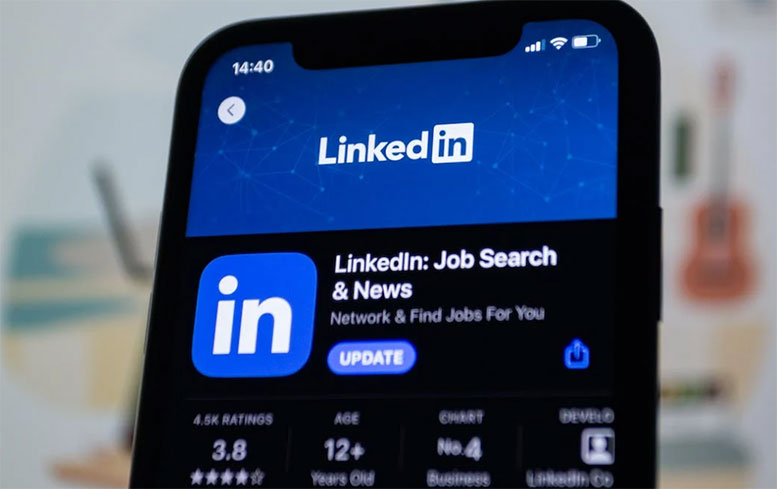
Community Guidelines and Professional Conduct
When we navigate the LinkedIn landscape, it’s essential to remember that this platform is more than just a social network; it’s a professional community.
Upholding professionalism isn’t just encouraged, it’s expected.
LinkedIn’s Professional Community Policies are in place to ensure that all interactions remain respectful, safe, and conducive to a healthy professional environment.
Failure to adhere to these guidelines can lead to serious consequences, including the loss of your account.
Upholding Professionalism
Professionalism on LinkedIn transcends just showcasing your skills and achievements. It’s about how you interact with others, the content you share, and the way you present yourself.
Every action taken on the platform reflects on your professional persona.
This is why LinkedIn takes any violation of their standards seriously. Let’s look at some specific actions that could put your account at risk.
Examples of policy violations:
- Exploitative Content: One of the gravest violations is sharing material that exploits others, particularly minors. LinkedIn has zero tolerance for content that preys on vulnerable individuals. This not only tarnishes your professional image but also endangers the safety and well-being of others.
- Promotion of Dangerous Entities: Endorsing or promoting organizations or individuals involved in dangerous or illegal activities is a serious breach. It’s not just about legality; it’s about the message you’re sending within your professional network. Associating with such entities can have damaging repercussions for your reputation.
- Sexual Harassment: Professionalism extends to how we communicate with others. Engaging in sexual innuendos, comments, or unwelcome advances is a clear violation. It creates an uncomfortable and hostile environment, which is the antithesis of what LinkedIn strives to foster.
- Harmful or Shocking Material: Posting content that could be considered harmful, deeply disturbing, or shockingly inappropriate is not only unprofessional, it’s against the ethos of a platform built on respect and professionalism. Remember, what you share reflects not just on you but also impacts the experience of others in your network.
These guidelines are not just arbitrary rules; they are the cornerstone of maintaining a professional, respectful, and safe environment on LinkedIn.
Violating them can lead to not just account suspension or deletion but also long-term damage to your professional reputation.
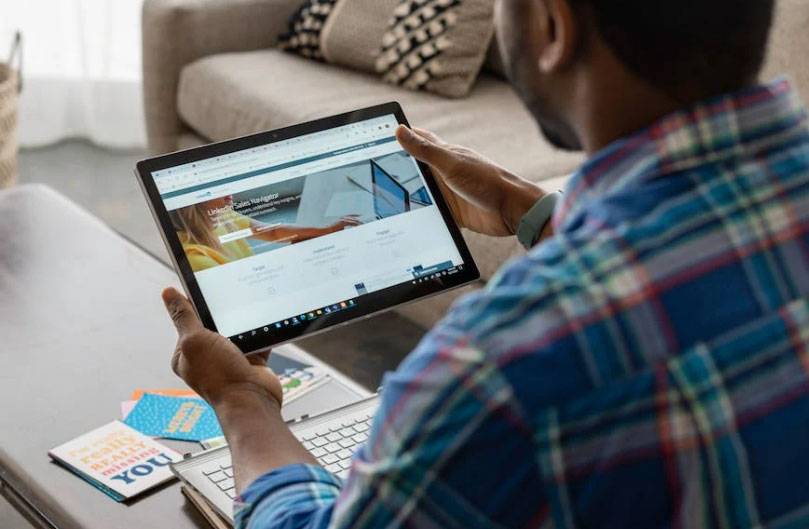
Reporting and Enforcement
LinkedIn’s strength lies in its community, and with that comes a shared responsibility.
As members, we’re encouraged to keep an eye out for behavior that breaches LinkedIn’s professional standards. It’s like being part of a neighborhood watch but in a digital professional community.
If you notice something amiss, reporting it helps maintain the integrity of the platform. Conversely, if you’re reported for policy violations, LinkedIn takes these reports seriously.
They may initiate an investigation, and if they find the claims to be valid, actions, including account deletion, could be on the cards.
Lack of Prior Notice
Here’s a curveball to think about. LinkedIn doesn’t always ring the alarm before taking action against your account.
In some instances, they might suspend or delete your account without prior warning. It’s akin to a surprise audit – you might not see it coming.
This approach underscores the importance of always being in compliance with LinkedIn’s policies because you might not get a heads-up before action is taken.
Technical and Administrative Reasons
Even the best of platforms have their off days, and LinkedIn is no exception.
Occasionally, technical glitches or updates might cause temporary issues in your account’s functionality. Most of the time, they’re resolved swiftly.
However, there’s a catch – sometimes, these glitches could be misinterpreted as policy violations, leading to temporary account suspension. It’s a rare occurrence but something to be aware of.
Automated Tools and Excessive Activity
In the digital age, automation tools might seem like a savvy way to manage your activities on LinkedIn.
But here’s the catch: LinkedIn’s got a sharp eye for detecting these tools and overly active behavior. This can raise red flags for potential spamming or misuse of the platform.
If LinkedIn suspects you’re using automation or being excessively active, it could lead to your account being flagged, suspended, or even deleted. It’s a reminder that on LinkedIn, quality trumps quantity.
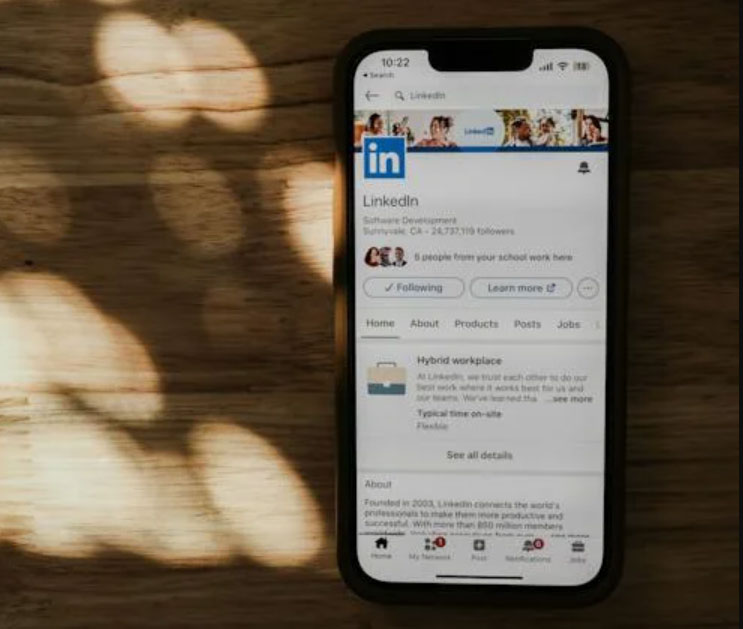
How to Recover Your Closed LinkedIn Account or Restricted Profile
Discovering that your LinkedIn account has been closed or restricted can feel like a major professional setback.
But don’t worry – there’s a roadmap to potentially get your account back on track. Whether it’s a misunderstanding or a security breach, LinkedIn has protocols in place to help you recover your account.
The appeal process:
- Submit an Appeal: If you believe your account was wrongly restricted or closed, LinkedIn offers a lifeline in the form of an appeal. As per their Professional Community Policies page, you can submit an appeal to review the action taken against your account. It’s like presenting your case to a judge, hoping for a favorable verdict.
- Filling Out the Appeal Form: The appeal process begins with completing a specific form. You’ll need to provide details about your account and the circumstances surrounding its closure or restriction. Be thorough and honest in your explanation – it’s your chance to clarify any misunderstandings.
What if it’s in the event of account hijacking? With a recent uptick in hijackings, LinkedIn has been proactive in locking accounts showing unusual activities.
Here’s what to do if you find yourself in this predicament:
- Temporary Lock Notification: If you receive a notification about a temporary lock due to unusual activities, it’s LinkedIn’s way of telling you they’ve got your back. Though it may be inconvenient, it’s a sign that LinkedIn’s security systems are actively protecting your account.
- Email Notification of Compromise: Should you receive an email about a new, unfamiliar email address linked to your account, it’s a red flag that your account might be compromised.
It’s vital that you act fast. If you suspect a breach, time is of the essence. Take immediate action to secure your account.
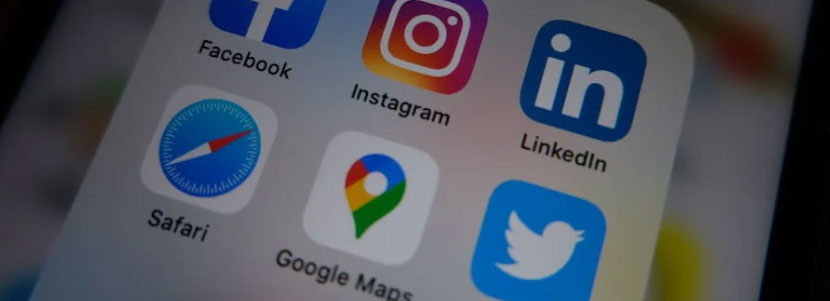
LinkedIn Help Solutions
LinkedIn Help offers a clear path for recovery in two scenarios:
- Can’t Access Your Account: Complete a specific form on LinkedIn’s site. They’ll reach out to verify your identity and assist in regaining access.
- Still Able to Access Your Account: Use the same form and then take these steps:
- Change Your Password: Opt for a strong, unique password or passphrase.
- Enable Two-Step Verification: This adds an extra layer of security, ensuring that only you can access your account.
- Review Active Sessions: Check where your account is logged in and sign out of any suspicious sessions.
- Update Email and Phone Details: Make sure your contact information is current and secure.
- Secure Your Personal Email Accounts: Strengthening the security of your email accounts linked to LinkedIn is equally important.
- Bookmark the Recovery Form: It’s a smart move to bookmark the LinkedIn recovery form. Having it handy means you’re prepared, just in case you get locked out of your account.
Navigating the recovery of a restricted or closed LinkedIn account might seem daunting, but with the right steps, it’s manageable.
Remember, the key is to act quickly and follow LinkedIn’s procedures diligently. By staying informed and prepared, you can minimize the disruption to your professional networking and maintain your online presence.
Final Thoughts
As we wrap up, let’s remember: LinkedIn is a powerful tool in our professional arsenal, and like any tool, knowing how to use it effectively is key.
If you face the unexpected hurdle of a deleted or restricted account, remember, it’s not a dead end.
By understanding LinkedIn’s guidelines and responding swiftly to any issues, we can navigate these challenges together.
Keep your account in good standing, stay alert to LinkedIn’s updates, and always be ready to take the right steps if needed.
Meet Ry, “TechGuru,” a 36-year-old technology enthusiast with a deep passion for tech innovations. With extensive experience, he specializes in gaming hardware and software, and has expertise in gadgets, custom PCs, and audio.
Besides writing about tech and reviewing new products, he enjoys traveling, hiking, and photography. Committed to keeping up with the latest industry trends, he aims to guide readers in making informed tech decisions.

